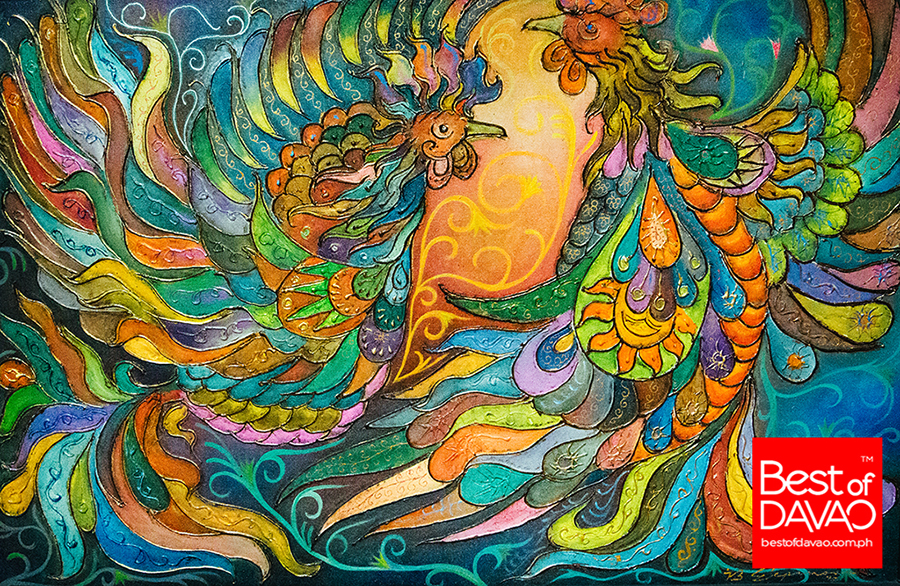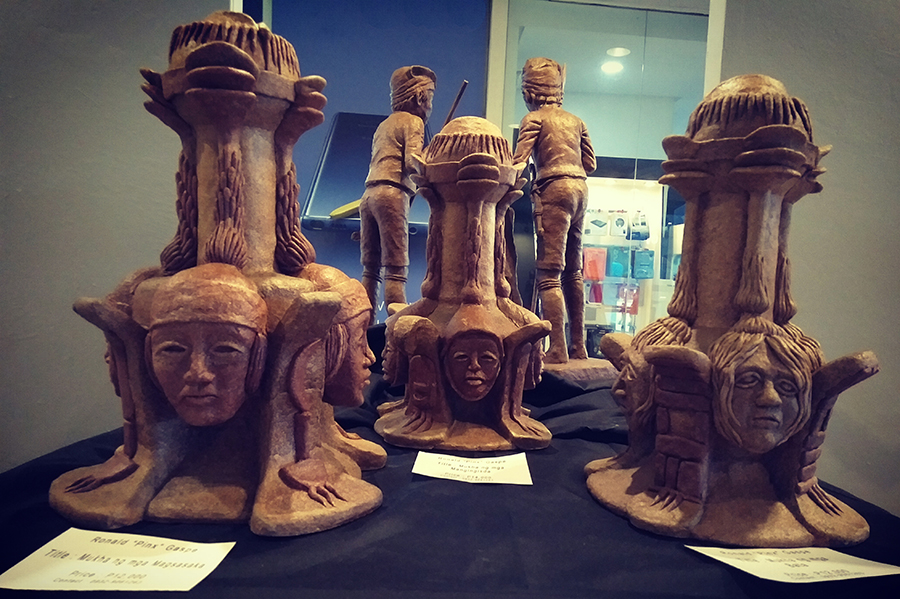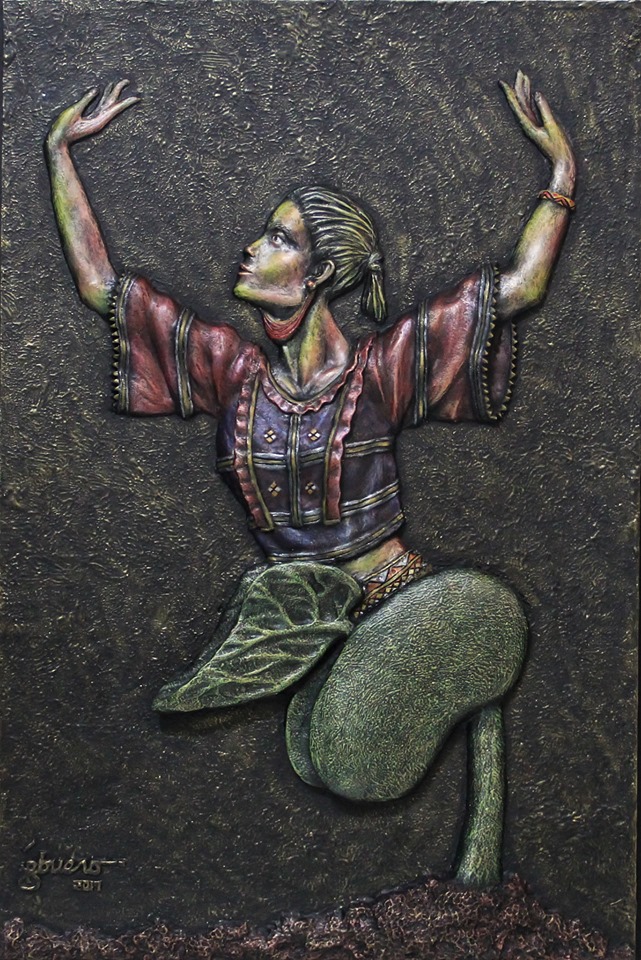4 Mindanao artists seek deeper roots in national art scene
Mindanao-based artists aim to gain greater foothold in the national art scene with a second exhibit at Gallery 9 of the SM Megamall on August 15 to 19.
Entitled “Punla” (seedling), artists Victor Espinosa, Pinx Gaspe, Jag Bueno and Kublai Millan headline the exhibit, the second in a series of shows that follows the first called “Sibol” (sprout) last May.
The four artists from Davao have different backgrounds and use different media.
‘Bong’ Espinosa is a seasoned painter whose rich oil and acrylic murals and painting have graced exhibits abroad. Considered a seasoned veteran who has mounted solo exhibitions from Davao, Metro Manila and USA since 2006, Espinosa won the Asian Artists scholarship grant at the Vermont Studio Center in 2008. In 2010, he sustained Private Artist Residency Program in New Jersey through fund raising events. An architecture graduate of University of Mindanao, Bong has art in his genes with his father as his mentor. Eventually, he developed his own style in mixed media, notable for spontaneous bursts of embossed colors and strokes, harmonious with Mindanao’s diverse colors and groups.

Come-backing sculptor Gaspe uses recycled sawdust and styrofoam. He has been in the art scene in Davao for decades and was mentored by internationally renowned Davao artist Bert Monterona who exposed him to social relevant art. This influence led Pinx to be the first artist to exhibit works on HIV-AIDS awareness for Davao in the early 1990s, and carried this on as a member of the Lakbay Diwa group which figured in local exhibits for environment and indigenous peoples’ advocacies. Seeing art as an expensive medium, Pinx incorporated innovation and resourcefulness by using recycled materials in his backyard. In creating sawdust and styropor, he uses adhesives to produce a durable finish for his latest works. His sculptures of the Lumad and Moro are imbibed with socially relevant themes of heritage, farm life, environmentalism and the pains of war.

Newcomer Bueno is fast becoming known for his bas relief sculptures and portraits. He hones his skills from woodcraft figurines and evolved into making life-sized mixed media sculptures depicting Mindanao social realities. Bueno has since focused in making bas relief sculptures and portraits of the Mindanao common folk. He credits his background in Assumption High School of Davao for his early exposure to the lives of the rural and urban poor areas, who are the subject of his bas relief portraits marked with color and expressive lines in the faces of farmers, workers, Lumad and Moro people. He is one of rising artists in the Davao art scene after joining group exhibits in the past years.

Leading the group is internationally renowned sculptor Millan who is noted for his “Risen Christ” at the Tagum City Cathedral, the “Kampilan” honoring Sultan Kudarat and the Durian Monument at the Davao International Airport. A graduate of UP Fine Arts, he first broke in the art scene by converting his family’s hotel Ponce Suites into his art museum with mixed media works from art, photography to sculpture. He said he has found art and immersion in indigenous communities as a way of connecting to the roots of Mindanao and wants to share this to the world.
“Punla” the exhibit finds the artists seeking new grounds by planting their raw vibrant Mindanao art of rich colors, textures and stark realities into the minds of the Manila art scene. # (Raymund B. Villanueva)

